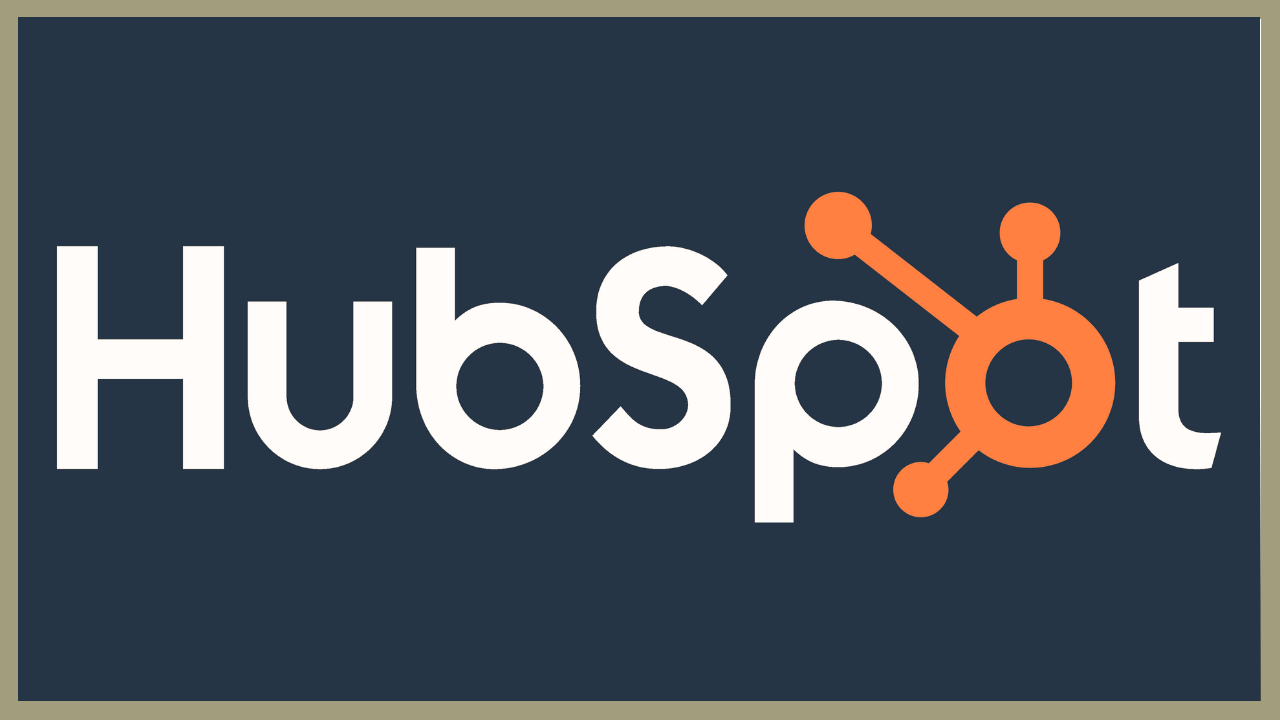Disclosure: My site is reader-supported. I may get commissions when you click through the affiliate links (that are great products I use and stand by) on my articles. You can read the full disclosure for more information.
I continue to recommend Hubspot as my CRM of choice for early-stage founders and solopreneurs for a number of reasons. With so many CRM products on the market today, it can be easy to become overwhelmed by the limitless number of features, pricing models, and integration options offered in the sea of CRM choices. In this post, I want to highlight a few key reasons why I continue to use Hubspot CRM to manage my own online business and highly recommend it to solopreneurs and small business owners for jumpstarting their business operations in 2023 as well.
Table of Contents
Why Hubspot CRM for Solopreneurs?
Customer success is an important process that often determines how many new or potential customers feel about their engagement with a particular brand, product, or service. Defined as, “A method for ensuring customers reach their desired outcomes when using an organization’s product or service,” CRM tools are often the driving force behind a company’s customer success (or failure) journey.
With this in mind, CRMs are one of the most important decisions that a solopreneur will need to make in their early days of doing business online. Failing to choose a CRM tool too soon can increase hours of manual work while trying to collect, manage, and organize all of your potential customer’s data and information in one place. Choosing a CRM too late could result in both a large learning curve and considerable effort required to migrate existing data into the new system.
All problems that we want to avoid as solo founders.
When considering a CRM tool for small business owners in 2023, a few key themes come to mind:
- Learnability
- How simple is the tool to learn for beginners?
- Flexibility
- How well does the tool accommodate various business needs?
- Customization
- How much can the tool be customized to fit a company’s brand?
- Ability to Scale
- How well do the tool and its features support company growth?
- Pricing
- How reasonable is the pricing model for solopreneurs and small businesses?
Let’s explore some of these reasons more in-depth as it relates to Hubspot to uncover what makes it worth considering for early-stage founders and small business owners.
Hubspot Pricing
Hubspot CRM provides one of the most compelling free tier offerings of any CRM platform on the market today. Below is a brief list of features offered in the free tier that equip business owners with a handful of essential tools needed to begin collecting and managing their customer data in a meaningful way:
- Contacts
- Manage customer data according to your business needs
- Scheduling Calendar
- Create booking calendars with integrated emails
- Payments
- Create payment links and process payments
- Landing Pages
- Create landing pages to collect key information from potential customers and promote products or services
- Website Builder
- Create well-designed, responsive websites with little technical background or experience
- Forms
- Design and create forms to capture information from your audience
- Email marketing
- Build and engage your email list with well-designed marketing emails and workflows
Fast Learning Curve
As business owners, time is our most valuable resource. For that reason, choosing a CRM that is simple to learn and implement is yet another important factor in deciding on which CRM to adopt for your business.
This is where I believe Hubspot CRM has a considerable advantage over many popular CRM tools today by offering templates for many of the time-consuming aspects of business operations such as website and form building, email writing, and so much more.

Typcially these are areas where many business owners are forced to outsource the design and/or copywriting aspects to professionals with more knowledge and experience in order to achieve the most high-quality results. Instead, founders with little to no design experience or expertise are able to quickly create beautiful lead capture forms, landing pages, or even entire websites as needed to help move their business and brand forward online.
Due to its popularity among businesses and startups, Hubspot also has a large community of users, support, and documentation online that help make it very easy to learn how to use or implement any of its features that may not be immediately apparent or intuitive to new users.
All-In-One CRM
A common problem with CRM tools is their rigidity or lack of ability to adapt to unique business use cases. While many CRMs offer similar combinations of features, major differences can often be found when it comes to the flexibility, cost, and usability of those features. For example, many CRMs today offer their own suite of email marketing tools but may vary widely in their ease of use, customization options, or templates.
Another example of this is payment processing. While it’s common for many CRMs to include a way for business owners to collect and process payments online, there is typically a range of associated fees and/or limitations in how payment forms, products, or services are able to be customized within the platform.
This can quickly become frustrating for entrepreneurs as it may require a handful of supplementary tools to be used in combination with their CRM of choice in order to execute all of their essential business functions properly. This combination of tools not only steepens the learning curve with additional software(s) but also slows the time of implementation and increases the likelihood of errors occurring between multiple systems.
For this reason, it can be very important for business owners to choose a CRM that best fits their immediate and foreseeable long-term needs as their company or brand grows. In my opinion, Hubspot offers a great selection of tools and pricing options that can be customized to fit various business or pricing models without the need to incorporate additional tools.
However, it wouldn’t be fair to call Hubspot CRM an “all-in-one” tool if it didn’t also have the capacity to integrate with other software or programs as needed and we’ll also explore the benefits of these integrations next.
Integrations
The ability to integrate various SaSS (Software-as-a-service) and PaaS (Platform-as-a-service) platforms together is one of the incredible benefits of technology as it stands today. Businesses and entrepreneurs are no longer stuck to a limited set of tools but instead are empowered to explore and combine multiple tools to provide the ideal customer success journey for their audience and workflows for themselves internally.

The magic of modern apps today comes in the form of APIs (Application programming interfaces) which essentially allow data to be sent from one platform or service to another. The trouble with APIs for business can often come into play when two critical services used by the business need to communicate with one another but do not provide an API integration between the two. In these cases, complex manual workarounds are often created and managed by one or multiple members of a team and typically end in hours of repetitive tasks and error-prone results.
Because of this, many CRM tools attempt to offer a plethora of third-party integrations with other services to provide businesses with the ultimate flexibility to customize their service’s functionality as much as possible to drive the most effective business results. Hubspot also outshines many popular CRM competitors in this area by offering over 1000+ integrations with other tools, apps, and services to help businesses be as limitless as possible while managing their data, business operations, and customer success experience.
Limitations
It wouldn’t be fair to address all the positive aspects of a CRM tool without also giving attention to some of its drawbacks.
The most obvious to me is the potential for quickly increased monthly costs depending on how the company uses the tool itself. For example, email marketing tools are among the most essential in helping a brand build and connect with its audience over time. While Hubspot offers its email marketing tool as part of its free tier, users will find themselves restricted to sending 500 emails per day to a maximum of 1,000 email contacts.
The price to add additional email contacts can quickly increase as users look to move beyond 1,000 email contacts and can become even more expensive if users need to unlock more advanced marketing features such as automated workflows, sequences, A/B tests, and more.

While Hubspot offers a great all-in-one solution for some small businesses, there are also other CRM tools that potentially offer a better value or more flexible pricing options depending on your product, service, or industry.
Conclusion
Whether you are a new or aspiring business owner, the CRM tool of your choice will inevitably be an important decision for your business’s growth and success and should not be taken lightly. Be sure to evaluate your immediate and long-term goals to effectively compare multiple CRM tools and ensure that you are getting the best combination of features, pricing, flexibility, and customization available to help suit your business needs.




